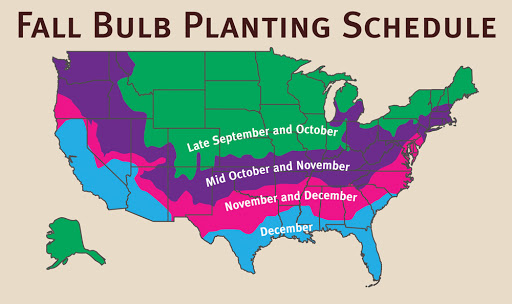I have worked with A.D.R. Bulbs for almost 5 years now, and my company has sourced bulbs with them for longer than that. Communication is great - from ordering, to deliveries, to follow-ups on final product. I love the quality of the product as well as the service. We plant nearly 100,000 bulbs and A.D.R. keeps the whole process easy for us!
Louise Licata
, Bland Landscaping Co.
« Previous Plant | Next Plant »
Tulipa Darwin Hybrid 'Purple Pride'
Tulip
Purple Pride is a Darwin Hybrid tulip introduced in the early 2000s, and it holds the distinction of being the first purple-flowered Darwin Hybrid. Its enormous, lilac-purple blooms—up to 6 inches across—are held on strong, upright stems that reach 22 to 24 inches tall. The flowers have a soft sheen and a slightly squared cup shape, giving them a regal, architectural presence in the spring garden.
Blooming in early to mid-spring, Purple Pride thrives in full sun and well-drained soil. Purple Pride is a sport of Ollioules.
Tulipa Calculator
When should I plant Tulipa Darwin Hybrid 'Purple Pride'?

Growing and Maintenance Tips for Tulipa Darwin Hybrid 'Purple Pride'
Planting: Plant in fall when soil temperatures drop below 55°F. Set bulbs 6–8 inches deep with the pointed end up. Darwin Hybrids are ideal for large-scale displays, perennial borders, and cutting gardens due to their impressive size and vigor.
Spacing: Space bulbs 4–6 inches apart. For maximum impact, plant in groups of 10 or more—tall stems and broad flowers are especially striking in mass.
Light: Full sun is essential for strong stems and rich bloom color. While light shade is tolerated, abundant light ensures upright growth and long-lasting flowers.
Soil: Provide well-drained, neutral to slightly acidic soil (pH 6–7). Avoid poorly drained areas—these large bulbs are prone to rot in wet spring conditions.
Watering: Water after planting to settle the soil. In spring, water only during extended dry periods to preserve bloom integrity.
Temperature & Dormancy: Requires 12–16 weeks of cold (below 50°F) for proper root formation and bloom development.
Fertilization: Apply balanced bulb fertilizer when planting and again in early spring as foliage appears. This supports their strong perennial tendencies and bold floral performance.
Pests: Squirrels may dig newly planted bulbs—protect with mulch or mesh. Deer will eat buds and foliage, especially early in spring, so use repellents or fencing in high-pressure areas.
Disease: To prevent Botrytis (Tulip Fire), plant only healthy, firm bulbs in sunny, well-ventilated locations. Avoid overhead watering and promptly remove any infected tissue—do not compost. Rotate planting sites annually and avoid replanting in previously affected areas for three years.
















Check back soon for additional details.